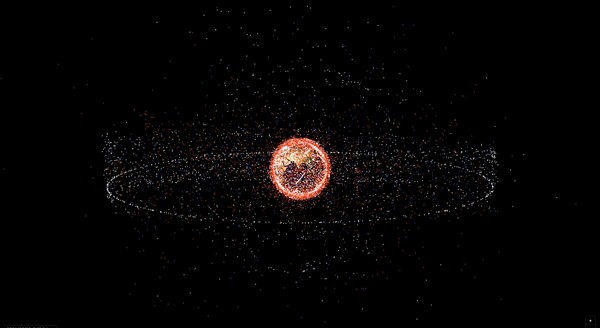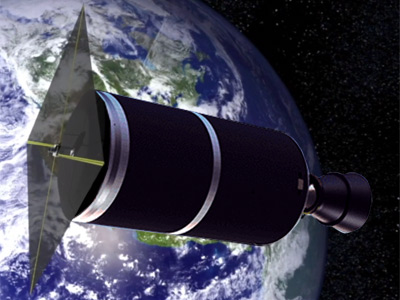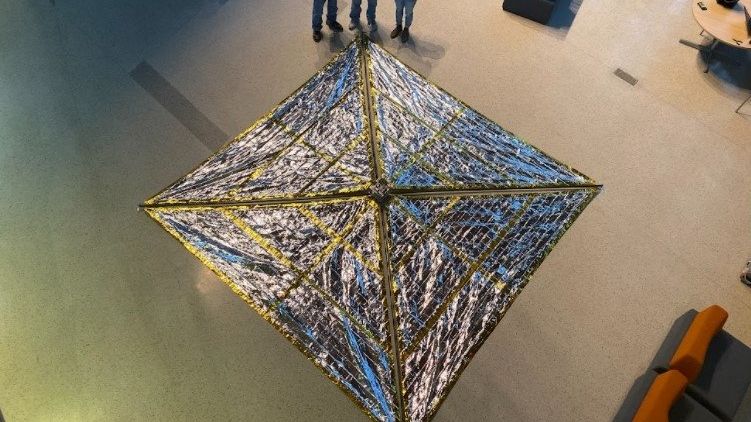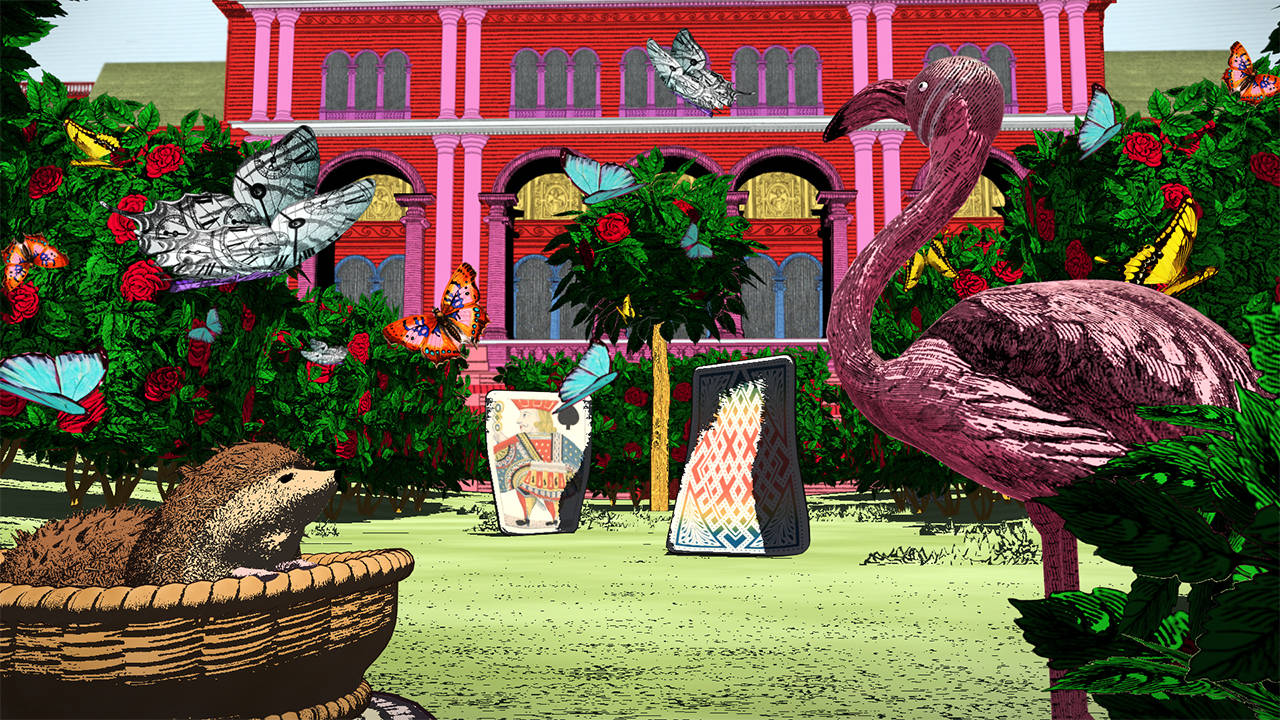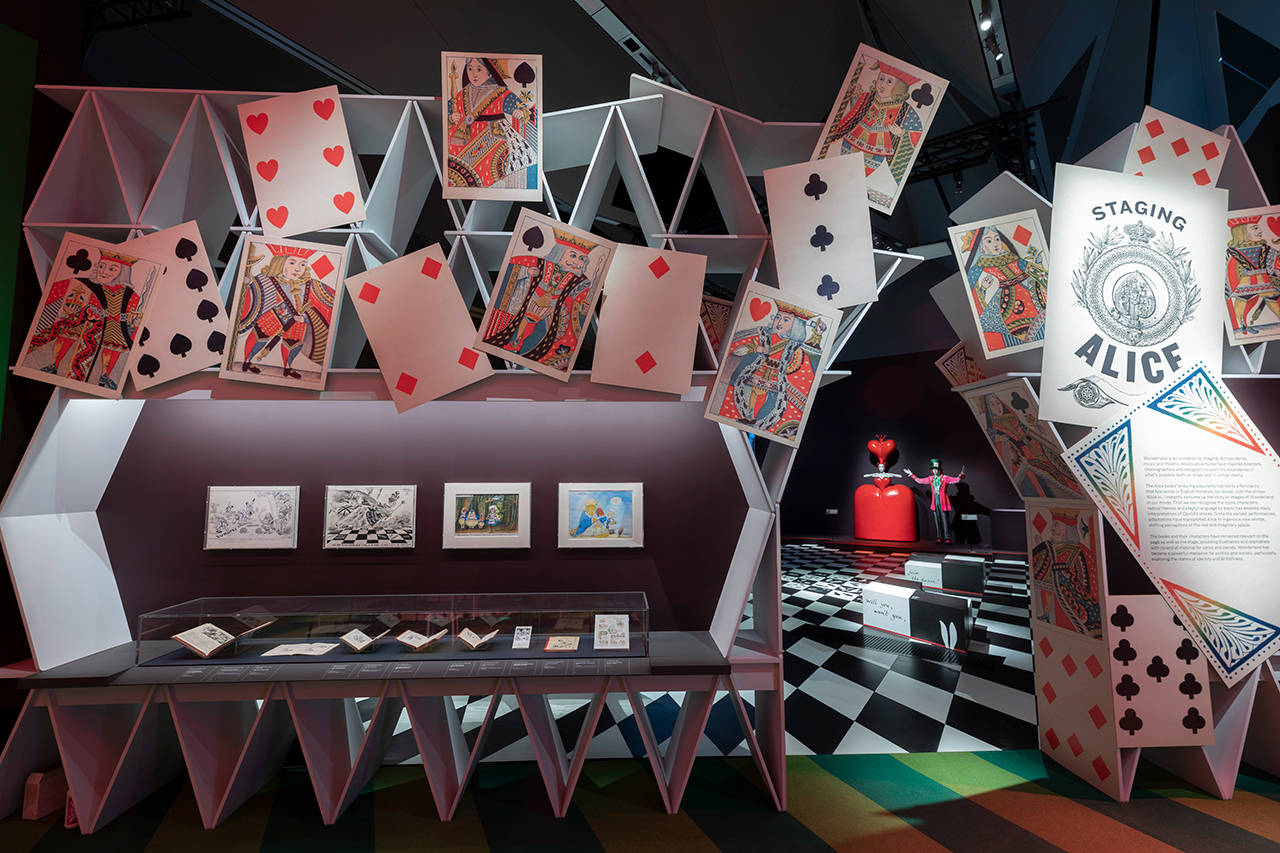Like the pandemic, it is unknown what threats will come to humanity in the future. New technology to overcome the crisis coming towards mankind.
1. IKEA’s Laboratory
IKEA’s design research lab ‘Space 10’ conducts various experiments on houses using the cutting-edge technologies such as artificial intelligence and augmented reality. It raises the question, ‘How will tomorrow’s technology redefine the housing we live in?’ They are currently working on the ‘Everyday Experiments’ project. It is a project to provide inspiration for people to live a better life within the limited space of their houses. Those who had to stay at home during the COVID-19 pandemic are eager for something fresh and pleasant.
So, they introduced about 30 applications that allow users to use and transform spaces at wills as a part of the project such as ‘Kaleidoscopic Home’, to construct the landscape inside the house like a playground through augmented reality and object recognition, ‘Forever Meadow’ to show flowers and plants growing along where people walk, and ‘Virtual Oasis’ to enjoy the favorite meditation experience by modern people at home. The project is not over yet. There are still a lot more to introduce to the public. Anyone can experience the project in advance on the website (everydayexperiments.com) and explore the ‘Never-Ending Catalog’, which constantly transforms the shape of the bedroom based on the database, and the ‘Sound Bubble’ which eliminates unnecessary noise in the room using phase cancellation. We do not know what kind of house we are going to live in. However, IKEA believes that digital technology can facilitate the interaction between spaces and people.
2. The Sailing Space Junk
‘Space Junk’ refers to the rest except for the artificial satellites performing missions among the artificial space objects in Earth’s orbit. It refers to satellites that have expired or are broken or abandoned, fairings separated from space launch vehicles, and debris from collisions between satellites. Among the 23,000 artificial space objects in orbit, only 10% of them are currently in use. The other 90% is junk. This space junk could collide with running satellites. Also, if the used up and expired satellites become junk and fill the orbit, there will not be enough rooms for new satellites. v
A research team at Purdue University in Australia has invented a ‘Drag Sail’ to remove space junk. It is similar in shape to the Solar Sail, a sail that receives solar wind and gives propulsion to the spacecraft. But its use is completely the opposite. When the Drag Sail is attached to a piece of junk that is orbiting faster than a bullet, it will slow down. The junk will be increasingly subjected to gravity rather than rotation, and eventually will fall into the Earth’s atmosphere and burn up.
The official name of the Drag Sail, currently being developed by the research team, is ‘Spinnerker3’. To determine the feasibility of the technology, it will be installed on the upper rocket of the Alpha rocket of the Firefly Aerospace, a commercial rocket to be launched in November 2021. It normally takes about 25 days for the rocket to enter the Earth’s atmosphere after running out of fuel, but Spinnerker3 will advance this period by 15 days as estimated. Do you think human beings are able to clean up the universe safely?
3. Alice in Wonderland at London V&A Museum
<Alice in Wonderland>, which has been reinterpreted for 150 years and established as a cultural phenomenon, will be exhibited at the V&A Museum, representing London as a world-class design craft art museum. This special exhibition is a vast, immersive collection of over 300 objects such as illustration, film, performance, fashion, art, music, and photography. It shows original illustrations drawn by masters of each era and works of masters who presented new creations inspired by the original work such as ‘Creating Alice’, a book with a story of a trip to Oxford in the Victorian era written by the author Lewis Carroll, and ‘Filming Alice’, the first film in 1903 which looks into the life of the main character Alice through various animations, scripts, costumes, etc.
The V&A Museum presents a VR program for the first time in the history of the museum due to the pandemic. ‘Curious Alice’, a virtual reality work created in collaboration between the museum and HTC Vive Arts, gives the audience a magical experience of sliding down into the exhibition hall, like Alice crashing into a rabbit hole. Audiences will experience the world within a fairy tale designed by illustrator Kristjana S. Williams from Alice’s point of view, such as finding the white rabbit’s lost gloves when wearing the VR device in the exhibition hall, solving a riddle given by the caterpillar, and visiting the garden of the Queen of Hearts. As you can see, VR technology is now expanding its horizons beyond just giving the exhibition a sense of vibrancy. The exhibition runs until December 31st, 2021.


